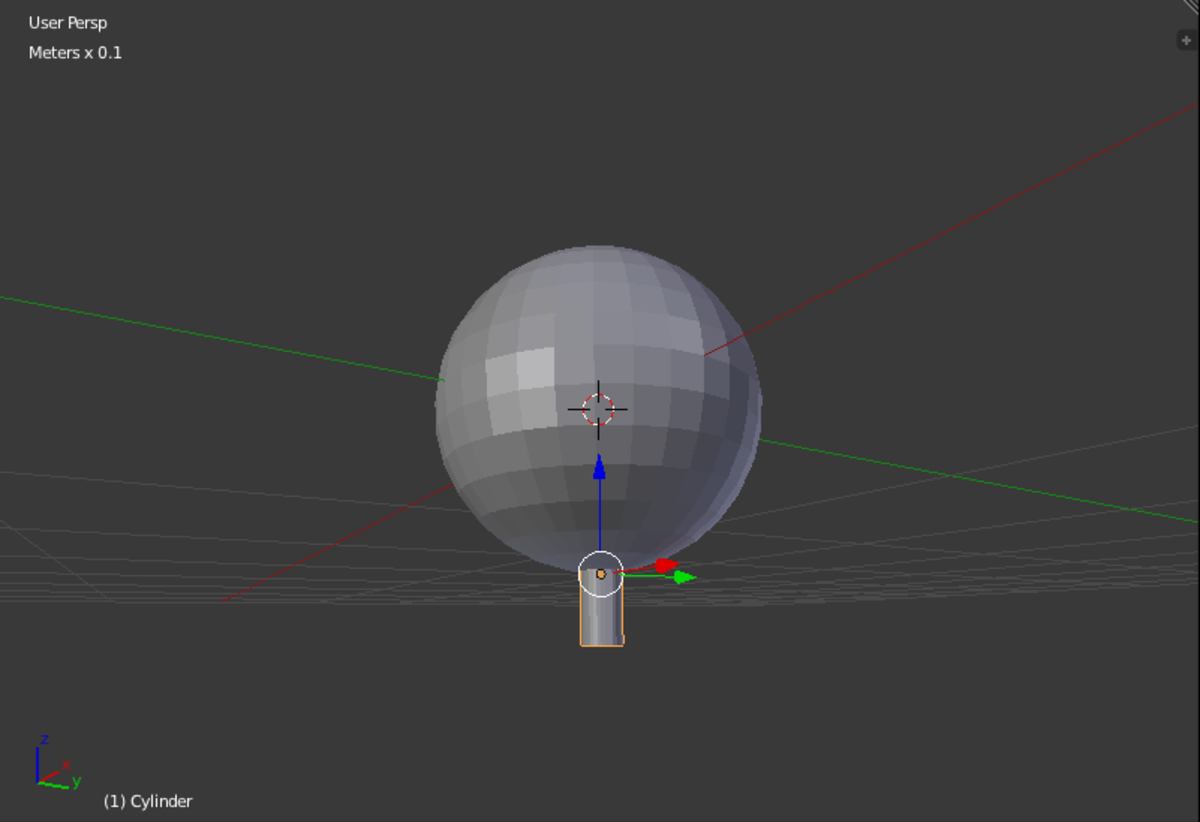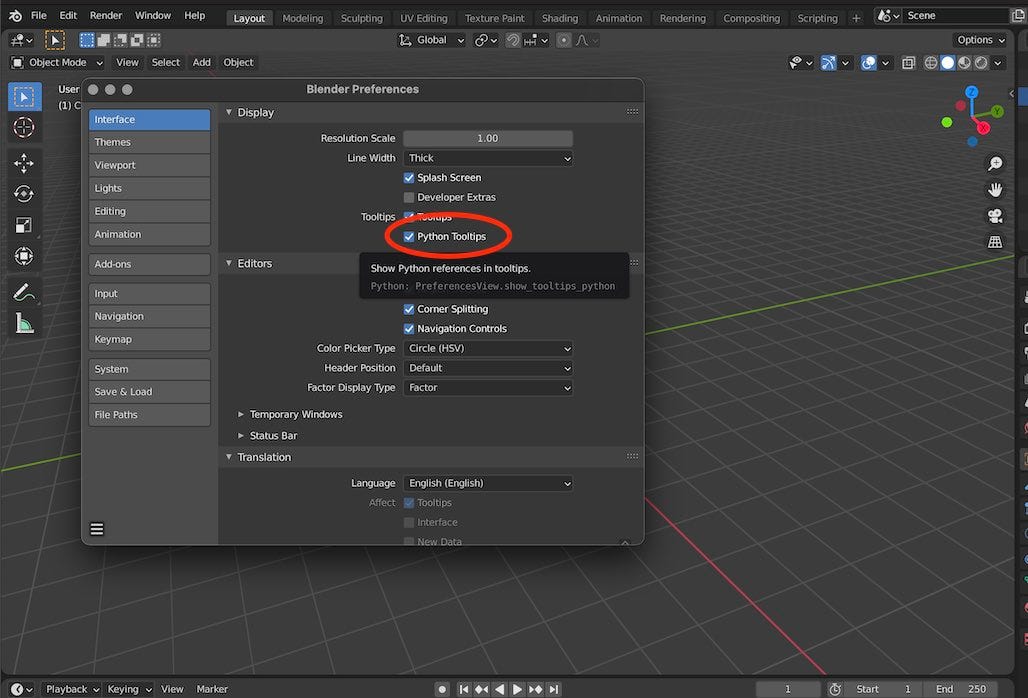

x3d as the file type and save it to your desired folder. There is an Export option in the “3D Print” sidebar add-on mentioned earlier, but I still like to use File > Export, as it offers a few more options for export, like object orientation. If you can’t find this file type under File > Export, then go to Edit > Blender Preferences > Add-ons and add the Import-Export: Web3D X3D/VRML2 Format add-on. For Shapeways full-color materials, the desired export file type is a. Once your model is ready and textured, it’s time to export it. Multiple objects and multiple materials are OK. Make sure your model has been cleanly UV unwrapped and textured. Prepare for Model ExportĪdd the “Import-Export: Web3D X3D/VRML2 Format” add-on to Blender It gives you some great tools for prepping a 3D object for print, but I will save that for another tutorial.

This will give you a new “3D-Print” tab in the right-hand toolbar when you press N in the 3D viewport.
#BLENDER 3D PRINT TOOLBOX INSTALL#
To start with, install the 3D-Print Toolbox add on under Edit > Blender Preferences > Add-ons. The resolution is good, and printing in color adds a little extra something to your creation, but it can be infuriating to get it working correctly when exporting from Blender. The full-color Sandstone is one of the few 3D printing material options that allow for full color (I haven’t had a chance to try the Multi-Color Polyjet material yet). Unless of course you are using Blender and trying to print something using Shapeways full-color materials. The website interface is smooth and easy to use and it only takes minutes to upload a model and send it to print using one of the dozens of materials available. I have created and printed several objects through them and the experience has always been great. Shapeways has been my go-to 3D printing service for a long time.


 0 kommentar(er)
0 kommentar(er)
